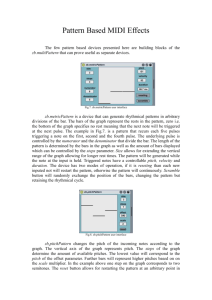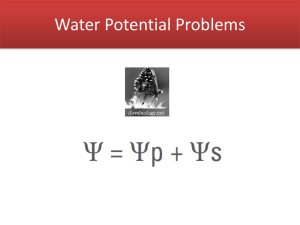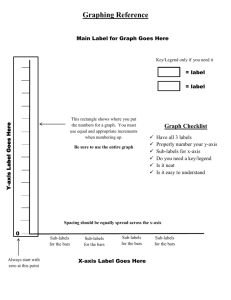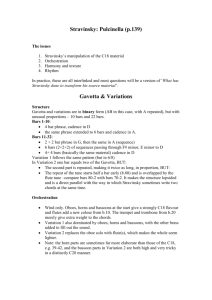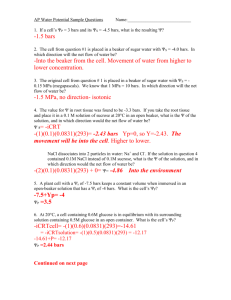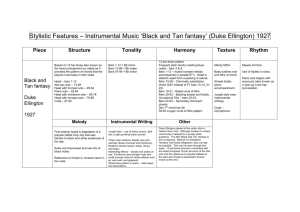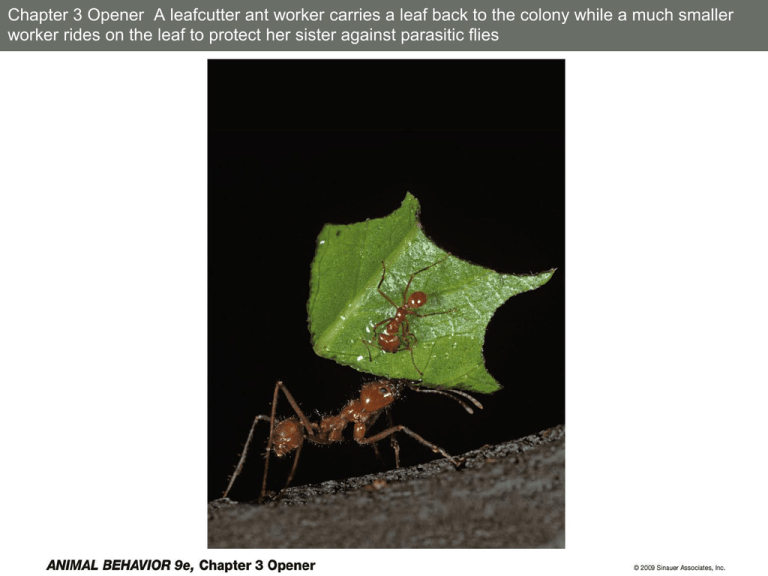
Chapter 3 Opener A leafcutter ant worker carries a leaf back to the colony while a much smaller
worker rides on the leaf to protect her sister against parasitic flies
Figure 3.1 Development of worker behavior in honey bees
Figure 3.2 Gene activity varies in the brains of nurse bees and foragers
Figure 3.3 Social environment and task specialization by worker honey bees
Figure 3.5 Imprinting in greylag geese
Figure 3.6 Cross-fostering has different imprinting effects in two related songbirds
Figure 3.7 Spatial learning by chickadees
Figure 3.8 A Clark’s nutcracker holding a seed in its bill that the bird is about to cache underground
Figure 3.9 Differences within a species in learned behavior
Figure 3.12 Kin discrimination in Belding’s ground squirrels
Figure 3.13 The ability of Belding’s ground squirrels to learn their own odor
Figure 3.14 Different wintering sites of blackcaps
Figure 3.15 Funnel cage for recording the migratory orientation of captive birds
Figure 3.16 Response to artificial selection on the fall migration departure date of blackcaps
Hirsch Maze
The evolutionary importance of heritability
Figure 3.18 Why do people differ in their test scores?
Figure 3.19 A coastal Californian garter snake about to consume a banana slug
Figure 3.20 Response of newborn, naïve garter snakes to slug cubes
Figure 3.24 Genetic differences cause behavioral differences in fruit fly larvae (Part 1)
Figure 3.24 Genetic differences cause behavioral differences in fruit fly larvae (Part 2)
Figure 3.25 Surrogate mothers used in social deprivation experiments
Figure 3.27 Developmental homeostasis in humans
Figure 3.28 Mating males of the damselfly Lestes viridis (red bars) have more symmetrical wings
than unmated males (orange bars)
Brown et al. 2005
a, Mean dance ability of
males (filled bars throughout)
and females (open bars
throughout) by level of bodily
symmetry. Error bars
represent 95% confidence
intervals. P values for withinsex are shown. b, Mean
strength of symmetry
preference (that is,
evaluations of asymmetrical
dancers subtracted from
evaluations of symmetrical
dancers) by sex of dancer
and sex of evaluator. Error
bars represent 95%
confidence intervals. P value
at top of panel indicates
significantly greater female
than male evaluator
preference for symmetrical
male dancers.
Figure 3.31 Developmental switch mechanisms can produce polyphenisms within the same
species
Figure 3.36 Male thynnine wasps can be deceived into “mating” with a flower
Peakall 1990
http://www.anu.edu.au/BoZ
o/orchid_pollination/
Peakall 1990
Males learn to avoid
orchid over time
(quicker decline in
visits than for visits to
females)
Peakall 1990
Male wasps revisit
flowers when position is
moved
Figure 3.38 Spatial learning abilities differ among members of the crow family
Figure 3.40 Sex differences in spatial learning ability are linked to home range size
Figure 3.42 Sex differences in the hippocampus
Kroodsma and Canady 1985
http://www.bwps.org/images/Competitions/Digital/2005-2006/May06/AA_MarshWrenHanging_IDicker.jpg
Kroodsma and Canady 1985
Figure 3.45 Vampire bats cannot form learned taste aversions




